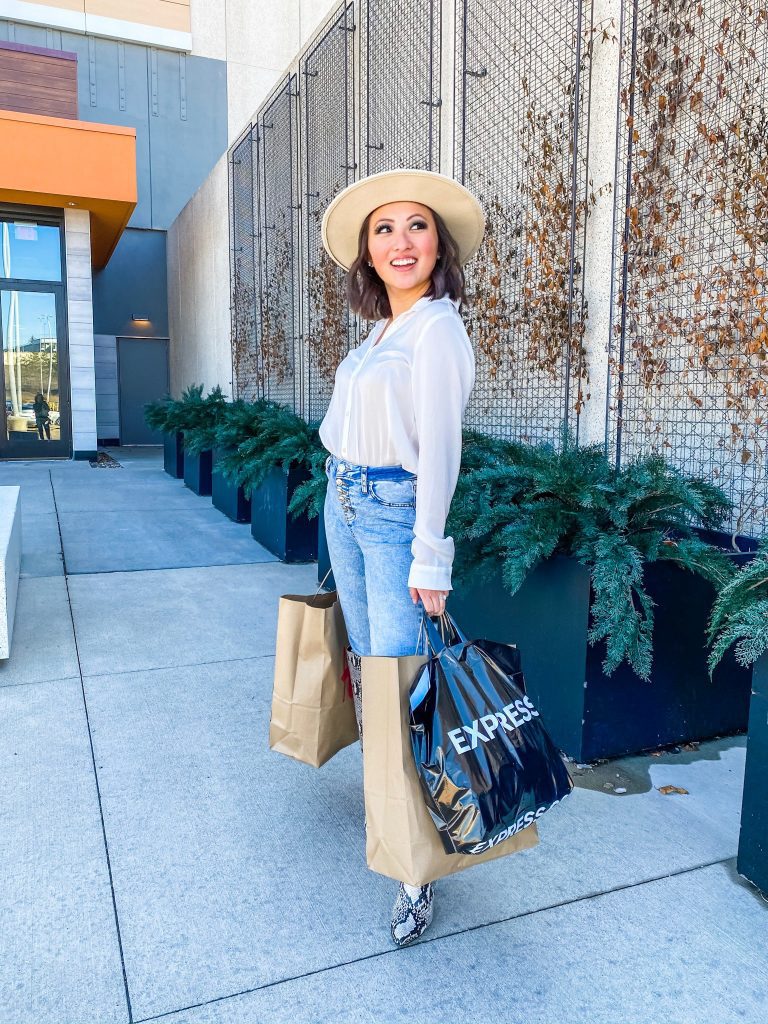

Hawkins International PR and Maverick Creative have been fielding a lot of questions about Influencers of late – and we have a lot of answers. So many, in fact, that the companies teamed up to present “Influenced: How to Leverage Influencers for PR,” a webinar offering a deep dive into the most significant public relations tool of the social media age.
Introduced by our Founder and CEO Jennifer Hawkins, “Influenced” was a thoughtful presentation by HIPR’s Digital Director Patrick Merryman and Carli Vierke, VP of PR & Digital Strategy at Maverick Creative, along with Senior Digital Strategist Valerie Vaillancourt. The presentation leaned into their valued insights, resources and recommendations for PR, social media and marketing teams at independent properties and major hospitality groups alike to make the most out of Influencer partners, while making the case for why Influencer strategy should be integral to every 360 PR plan.
For example, in 2021, the most effective ways for brands to reach audiences is via a combination of traditional media (newspapers, magazines, broadcast) and social media (Facebook, Twitter, Instagram, et cetera). Influencers essentially bridge the gap, having spent time and effort building their brands and loyal followings with people who trust their word. That gives them power to influence purchasing preferences and makes them indispensable at reaching new audiences.
Over the past pandemic year, all social media channels saw growth, with the average American spending 170+ hours turning to them for inspiration. Indeed, over 86% of people say they make buying and purchasing decisions – from where to travel to what to consume – with cues from social media. Influencer marketing via social media has become so powerful that 75% of marketers intend to budget for it during 2021.

Haley joined an influencer trip to The Tryall Club and shared her trip with her audience on social. 
Savanna visited Ridgedale Center and shared her experience on social media to encourage followers to visit the mall.
What Exactly Is An Influencer?
The term ‘Influencer’ hardly encompasses their skill set. Influencers are savvy social media operators who own audiences that they curated from their personal brands. For years, publications were the only authorities on topics, aesthetics or niches like wellness or luxury. In 2021, everyone from celebrities to photographers and videographers with good eyes and techniques is able to curate a dedicated audience. People interact with Influencers in a variety of ways – from inspiring vacations to making purchases online, just as they do with online advertising or PR and media channels.
Rather than rush into a relationship with an Influencer, brands should first size up essentials such as their marketing goals, budget, and whether they want a one-off partnership or a brand ambassador. Brands should make sure they are making data-driven decisions and partnering with an Influencer that not only creates beautiful content but also produces content that converts. Set KPI’s (key performance indicators) that your brand will aim for in Influencer engagement. An engagement rate of 1.5% to 2% is a good sign an Influencer’s audience is invested and interacts with them.
Brands also need to prioritize the inclusion of diverse representation in their Influencer team and social media content. Diversity on social is so much more than checking a box: Being sure you represent all of your consumers is the best way to ensure that the early touchpoints of introduction to your brand make your audience feel safe, welcome and comfortable with your product. In addition to diversity there are many key audience interests that help your strategy align with your target audience through homing in on age, audience income, audience location and so much more.
Among tools used by HIPR and Maverick to make data-driven decisions about Influencers is Julius, a vetting platform offering data points on Influencers including audience interest, location, demographics and engagement, key markets, and household income of followers. For household income, we typically look at the percentage of an Influencer’s audience that earns over $200,000 a year and reference back to the fact that about 6% of US households earn more. Anything above 6% indicates an affluent audience.
While such platforms are a great first step, they shouldn’t be the only step, as qualitative vetting of an Influencer’s account authenticity, voice and brand alignment, visual identity, and quality of content are important as well.
Watch the full presentation: https://vimeo.com/572748593
